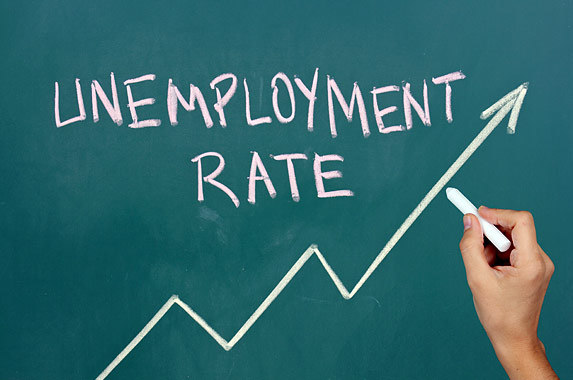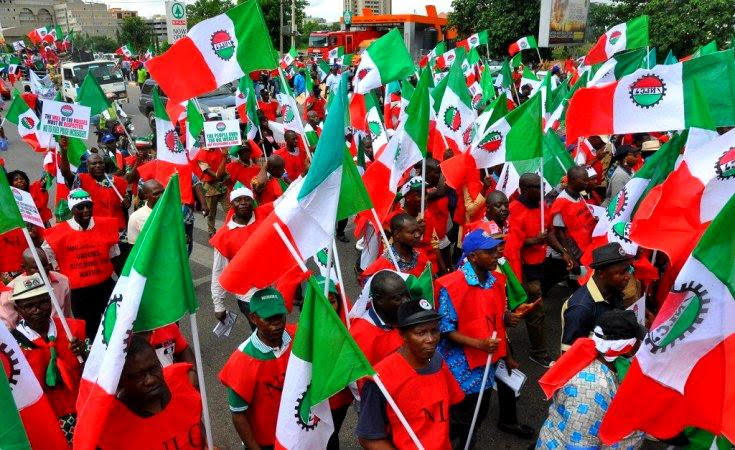December 28, 2018/ FDC
The long-awaited data on labour statistics for Q4’17 – Q3’18 has been released. In line with expectations, Q3’18 unemployment numbers came in 4.3% higher at 23.1% while the underemployment rate declined by 1.1% to 20.1%. The unemployment + underemployment data shows an increase of 3.3%, much lower than the 4.8% decline in inflation within the review period.
The rise in the unemployment numbers confirms the slowdown in the Q3 GDP growth of employment elastic sectors such as construction, industries and real estate. This highlights the sub-optimality of economic growth and the continued drag of negative labour productivity (-0.7%) on output.
Of the 20.9mn people stated as jobless in the Q3’18 Labour Statistics report, 5mn (23.9%) are frictionally unemployed (the number of people who are unemployed due to the time lag in transitioning between jobs). The structurally unemployed on the other hand are estimated at 4.6mn, 22.01% total unemployed. The definition of an unemployed citizen by the ILO is anybody gainfully employed for more than 48 hours.
Data Breakdown
Urban & Rural
Urban & Rural unemployment rate moved in opposite directions. Urban unemployment declined to 21.2% while rural unemployment increased to 23.9%. The lower urban unemployment rate reflects the brutal and fiercely competitive lifestyle in the cities. On the other hand, the rural economy which is mostly agrarian witnessed some growth constraints such as flooding and herdsmen/pastoral conflict. The agricultural sector growth slowed to its lowest level of 1.09% in over five years in 2018 which mirrored a decline in the sector’s aggregate employment.
Youth Unemployment & underemployment
Youth unemployment increased to 29.7% in Q3’18 in the corresponding quarter in 2017.This shows that the level of job creation is insufficient to absorb the growing number of graduates that enter into the labour market on an annual basis. On the other hand, youth underemployment declined to 25.7%. This could likely be reflective of the success of some government intervention programs like N-Power which have empowered a significant section of Nigeria’s young demography through skill development – allowing them achieve inclusion and boost productivity.

Implications on fiscal policy
The main objective of the FGN budget is to achieve inclusive growth which means growth that creates jobs. In spite of the slow but steady pick up in Nigeria’s GDP growth, it is still below the population growth rate of 2.8%. Several policy reforms have been implemented by the government to address this gap such as the inclusion of social programmes in the budget. The rise in the unemployment data further buttresses the fact that the government may need to be more aggressive in tackling this challenge. For instance increasing its spend on the economy- through infrastructure projects. Embarking on more capital projects would boost the demand for menial labour required in sectors like construction.
The risk to this is the widening of the budget deficit, currently estimated at N1.95trn (1.8% of GDP). By implication this means Nigeria would have to borrow more to bridge the fiscal gap, thus increasing the debt service currently at N2.01trn.
Trade-off between inflation and unemployment
The inflation data which shows an increase in unemployment and a decrease in inflation confirms the Phillips curve trade-off which postulates that inflation and unemployment will move in opposite directions. Policy makers will need to take these factors into consideration.

Outlook
Unemployment is a lagging indicator. It reacts after the business cycle has changed. This means that the latest economic recovery is yet to have an impact on the job numbers. The decline in the underemployment numbers is a positive sign that the overall job data would improve in the short term. Hence we estimate that in subsequent quarter s the rate of unemployment would increase at a slower pace.














